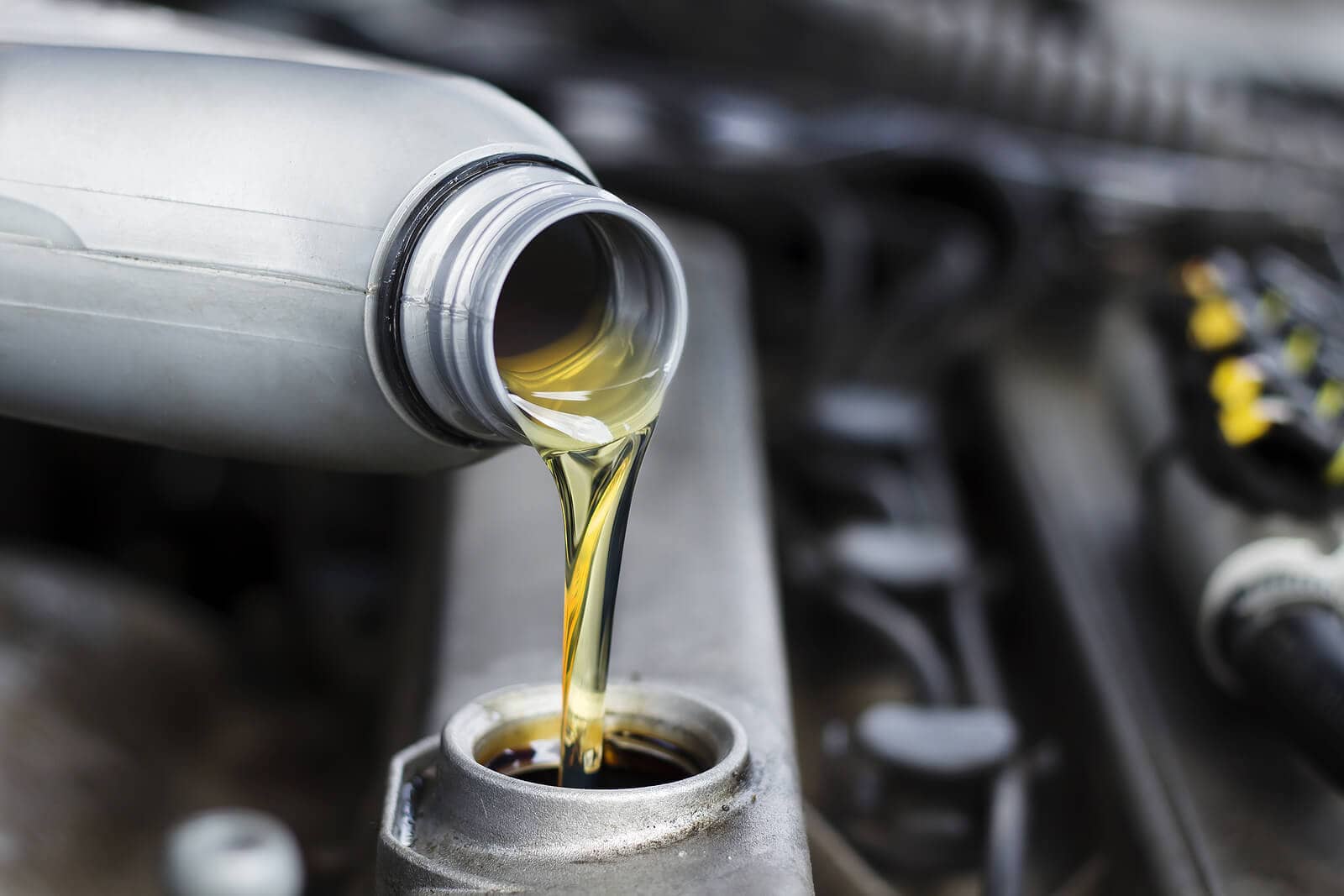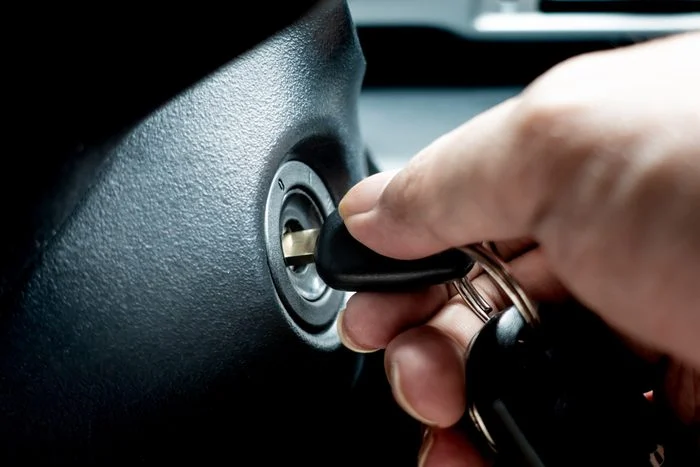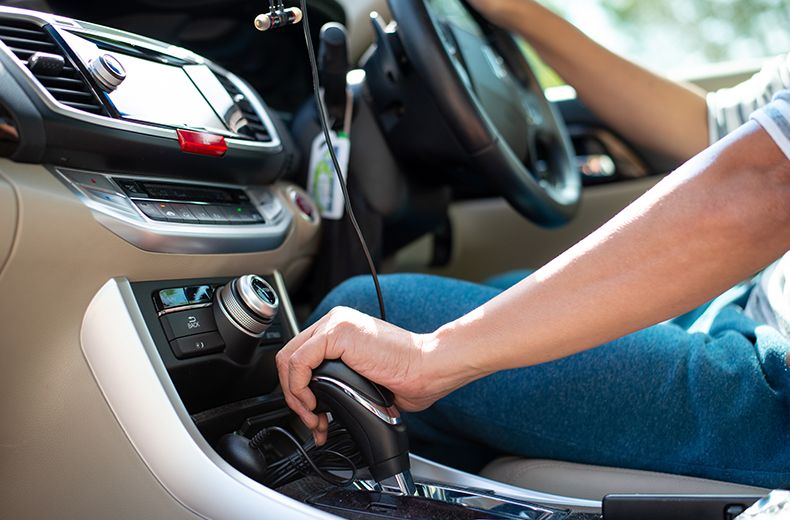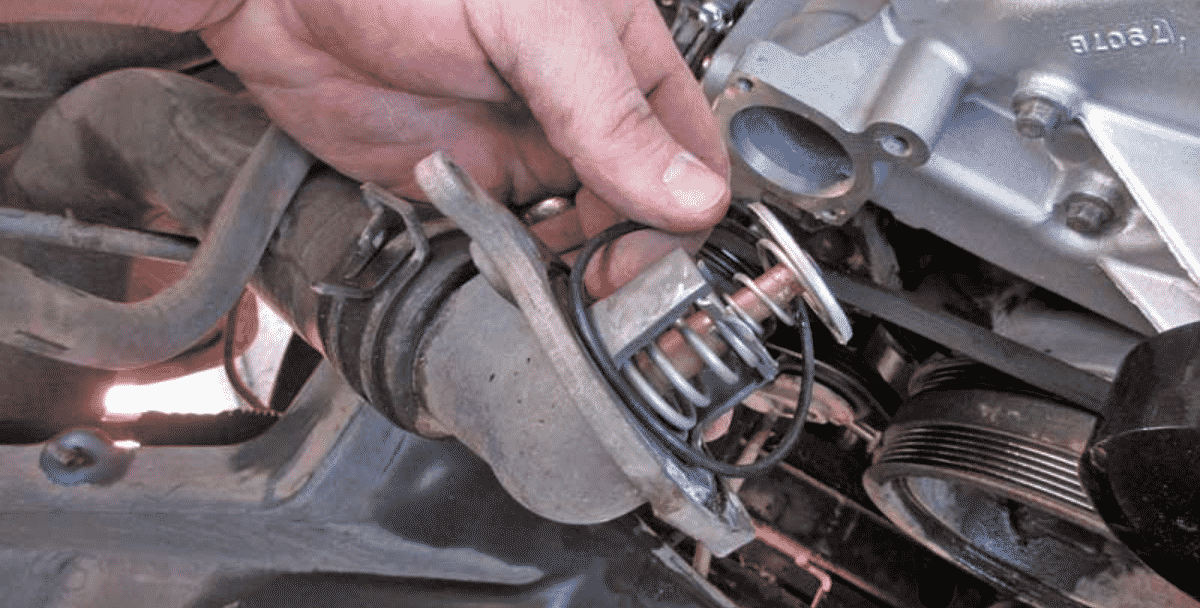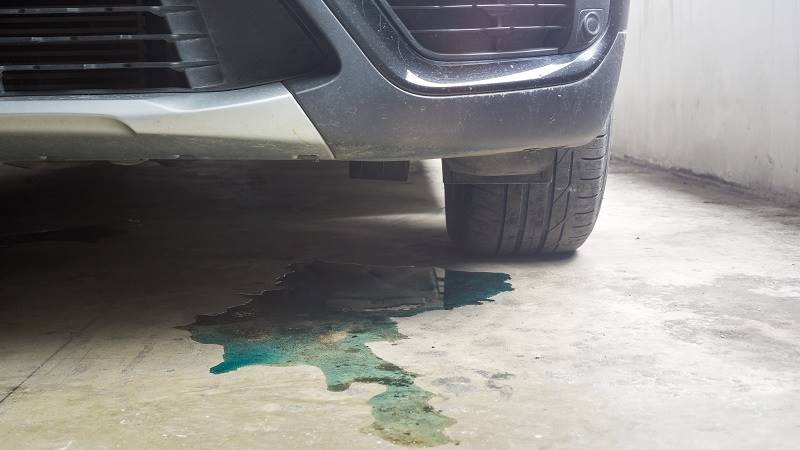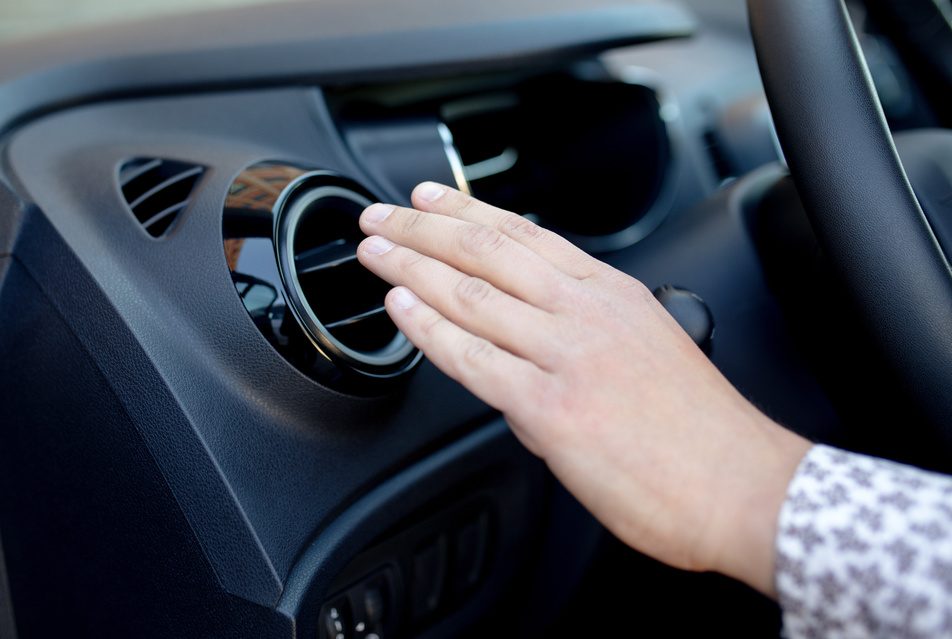The safety and well-being of your children are the most important things when it comes to driving with them in your car. Whether you are taking a short trip or going on a long road trip, there are several steps you can take to ensure that your children stay safe and secure while traveling.
Here are seven useful car safety tips for parents:
1. Always Ensure They Are Buckled In
Whether they are wearing a seat belt or using a car seat, it is essential that your child is properly secured whenever traveling in the car. This is especially true if they are not tall enough to reach the seat belt on their own. If you are driving with a child under the age of 13 who does not fit safely in an adult seat belt, he or she should always be secured in a car safety seat.
2. Avoid Distractions While Driving
When you are focused on the road, you are better able to spot potential dangers and react quickly to them. If you have your eyes or attention on your phone or another passenger while driving, you may not be as aware of potential issues like a car pulling out in front of you or a child running into the street. Distracted driving can also cause you to make driving mistakes and put those in your vehicle and the surrounding area in danger.
3. Make Sure Kids Are In The Back Seat
A child who does not meet the height or weight requirements for an adult seat belt or passenger airbag should always be secured in a backseat. If they fit the seat belts but still cannot activate the front airbags, they should sit in the backseat but do not require a carseat. Sitting in the back seats of the car will help protect your child from injury in the event of an accident and is a traffic law in most states. Be sure to familiarize yourself with your state’s child passenger safety laws.
4. Plan Out Your Route In Advance
To reduce stress levels while driving, it is important to plan out your route ahead of time and leave with plenty of time to get to your destination. This will help ensure that you don’t get lost or have to make any unexpected stops, which can cause an unsafe distraction while driving. It also helps save time and reduce the risk of getting frustrated behind the wheel.
5. Keep An Eye Out For Other Drivers
Other drivers who may be distracted or aggressive can be a danger to everyone on the road. If you notice that a driver is aggressively tailgating or making aggressive maneuvers, make sure to leave plenty of space between your vehicle and theirs. If possible, try to avoid these drivers and find an alternate route.
6. Ensure That Your Car Is Properly Maintained
Maintaining your car is not only important for the safety of you and your passengers, but it’s also the law. By regularly performing a few routine maintenance tasks, you can be certain your car is kept in the best shape. These tasks include checking fluid levels, changing the oil, and rotating the tires. You should also make sure that the brakes are working properly and that all of your lights are functioning correctly.
If you do find yourself broken down on the side of the road, tools like jumper cables or a car jack are always helpful to keep with you. Roadside assistance or other service plans can also be a good investment, in case you are ever stranded with car troubles.
7. Practice Safe Driving Habits Yourself
Children learn by watching the adults around them. If you want your kids to be safe in the car, it is important to set a good example for them and practice safe driving habits yourself. Make sure to buckle up every time you get in the car, avoid distractions while driving, and uphold rules inside the car to remind them how to behave while you’re driving. If you follow these simple tips, your children will be more likely to do the same when they are behind the wheel.


